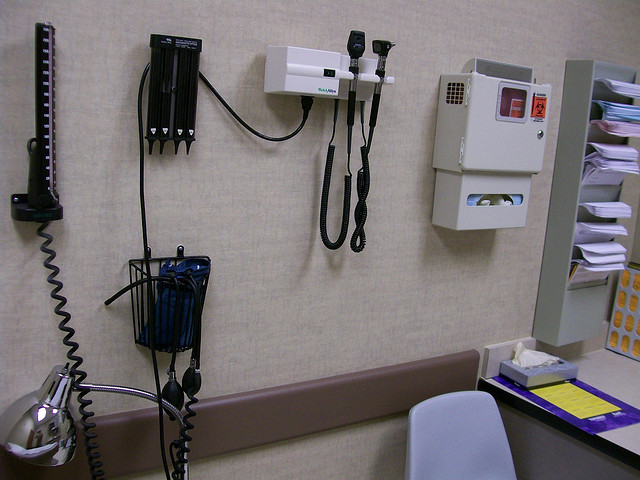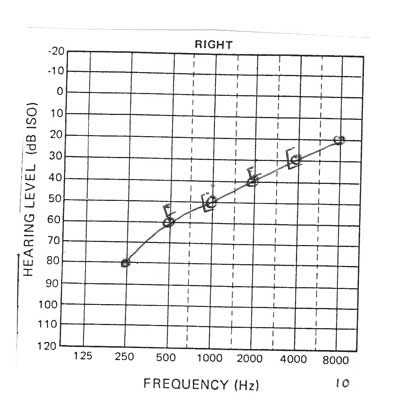If the unknown causes anxiety, then a trip to the hearing specialist is especially nerve-racking. While the majority of us have experience with the family doctor and the community dentist, the visit to the hearing specialist might be a first.
It sure would be beneficial to have someone make clear the process in advance, wouldn’t it? Well, continue reading, because as you’ll discover, the process of having your hearing evaluated is normally simple, comfortable, and pain-free — with portions that can actually be fun.
So here’s how it will go:
As soon as you arrive at the office, you will check in with a staff member at the front desk who will hand you some forms to complete. Not long after filling out the forms, a hearing specialist will come with you into a room to get started on the hearing assessment, which consists of four parts:
Part 1: Case History

The hearing specialist starts the process by getting to know you, your health related history, and your hearing loss symptoms. Preparing for this step is crucial, because this is where you get to convey to the hearing specialist the specifics of your hearing loss, what you hope for from treatment, and your personalized hearing needs.
This part is all about you: what do you want to accomplish with enhanced hearing? Do you want to play a music instrument again? Do you want to be more active in work meetings? Do you want to be more energetic at social gatherings? The more you can reveal to your hearing specialist the better.
Next comes the testing.
Part 2: Otoscopy
The first diagnostic test to be performed is termed an otoscopy. An otoscope is used to visually inspect the ear canal and eardrum to establish if your hearing loss is associated with infections, earwax accumulation, or obstructions. If the reason behind your hearing loss is something as simplistic as earwax accumulation, you could possibly start hearing better within moments simply from professional earwax removal.
Part 3: Tympanometry
The following test is termed tympanometry, used to test the eardrum and middle ear. A gadget is placed into the ear that will vary the air pressure, calculating how your ear responds to numerous pressures.
To fully grasp this test, you have to first recognize that hearing loss falls into one of two broad classes:
- Sensorineural hearing loss — this is the most common hearing loss. It is also identified as noise-induced hearing loss and it involves destruction of the nerve cells of hearing.
- Conductive hearing loss — this hearing loss results from blockages or obstructions that limit sound transmission before the sound reaches the nerves of hearing.
Tympanometry is a test that can help to rule out conductive hearing loss, to make sure that there are no blockages, infections, or middle-ear-bone ailments. Conversely, Audiometry, which is reviewed next, will quantify sensorineural hearing loss.
Part 4: Audiometry

The last group of tests will be completed in a soundproof room. These tests are jointly referred to as audiometry and will quantify your hearing range and sensitivity. Audiometry is the best process to measure sensorineural hearing loss.
With the use of an audiometer, the hearing specialist will be prepared to establish:
- Which frequencies you can hear well and which you have a difficult time with.
- The minimum decibel levels, at a range of frequencies, at which you perceive sound.
- The precise calculations connected with your hearing loss (as recorded on an audiogram).
- Your ability to fully understand speech, with or without background noise.
The test itself, from your perspective, will be comfortable and easy. You will be presented with sounds and speech through earphones and will be directed to specify when you can hear the sounds by pushing a device or raising your hand.
Reviewing results and planning treatment
Soon after the testing is complete, your hearing specialist will talk about your results with you. If your hearing loss necessitates medical or surgical treatment (due to infections or middle-ear-bone problems, for instance), your hearing specialist can make the applicable referral.
If your hearing loss can profit from assistive listening devices or hearing aids, your hearing specialist will collaborate with you to find the best option for you, your budget, your lifestyle, and your cosmetic considerations.
Pretty simple for a lifetime of better hearing, isn’t it?
Speak Your Mind